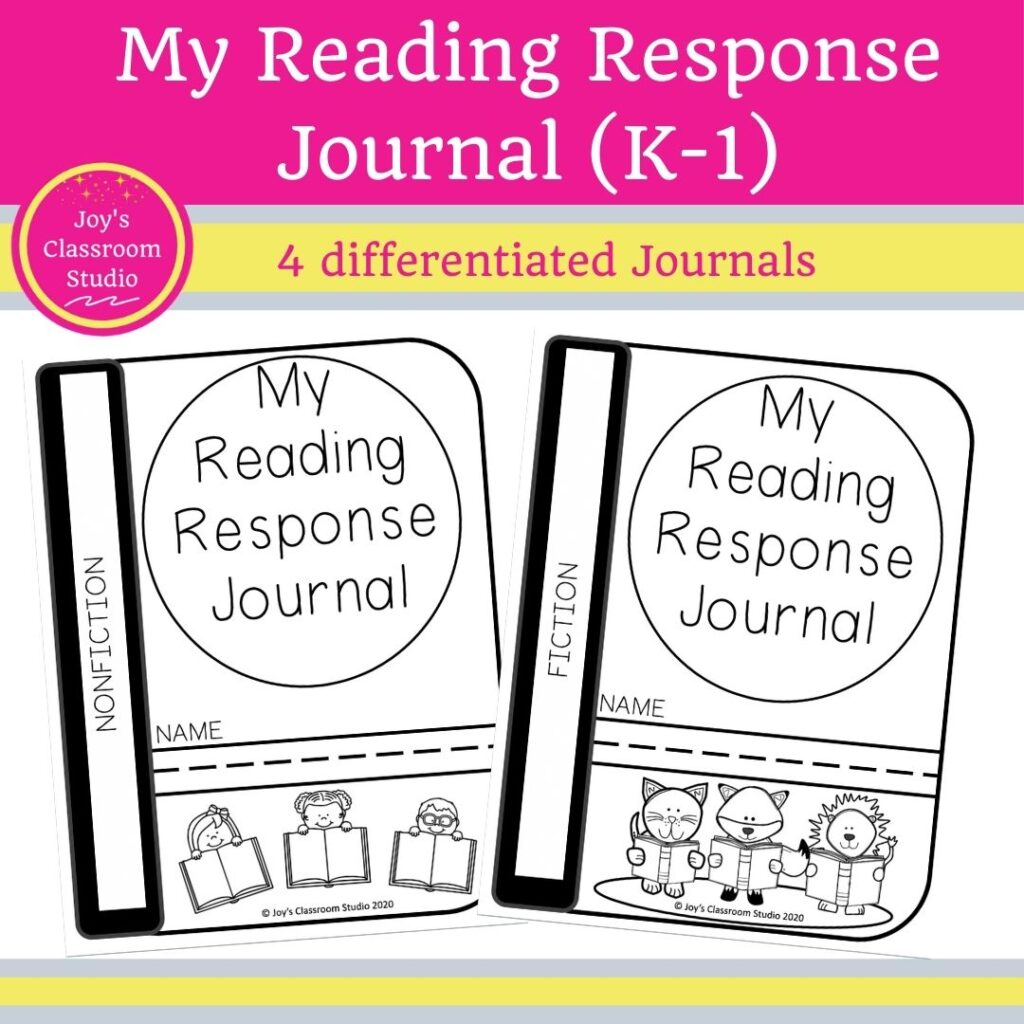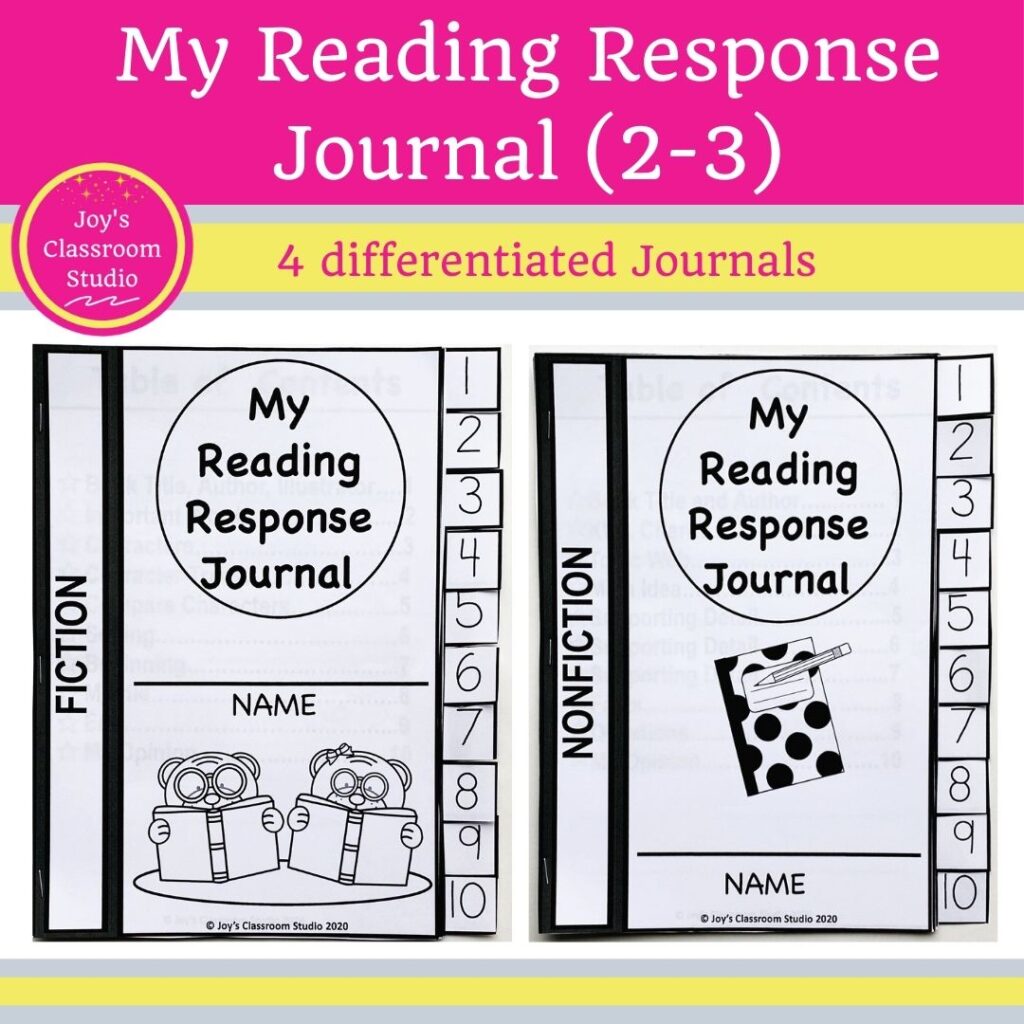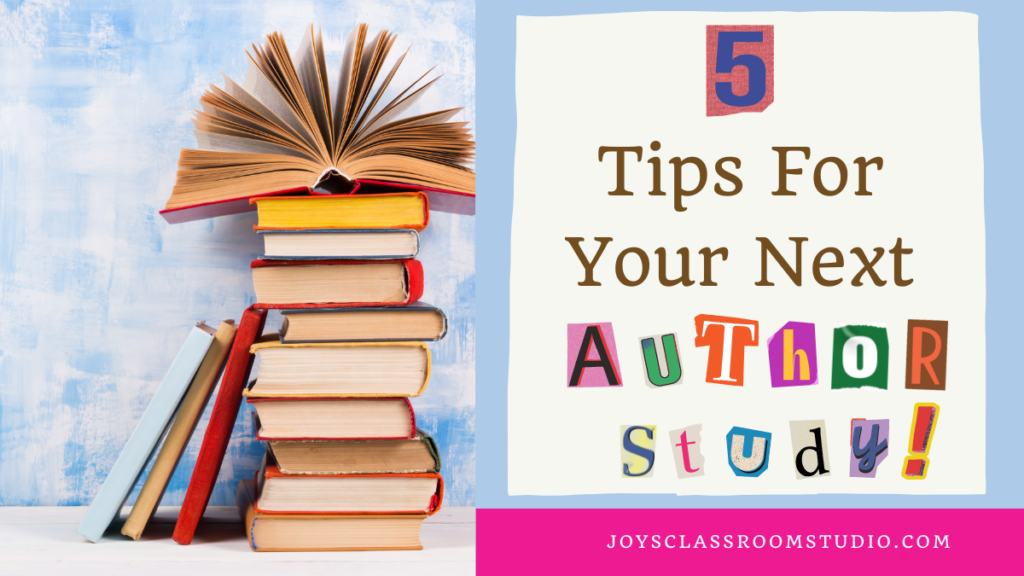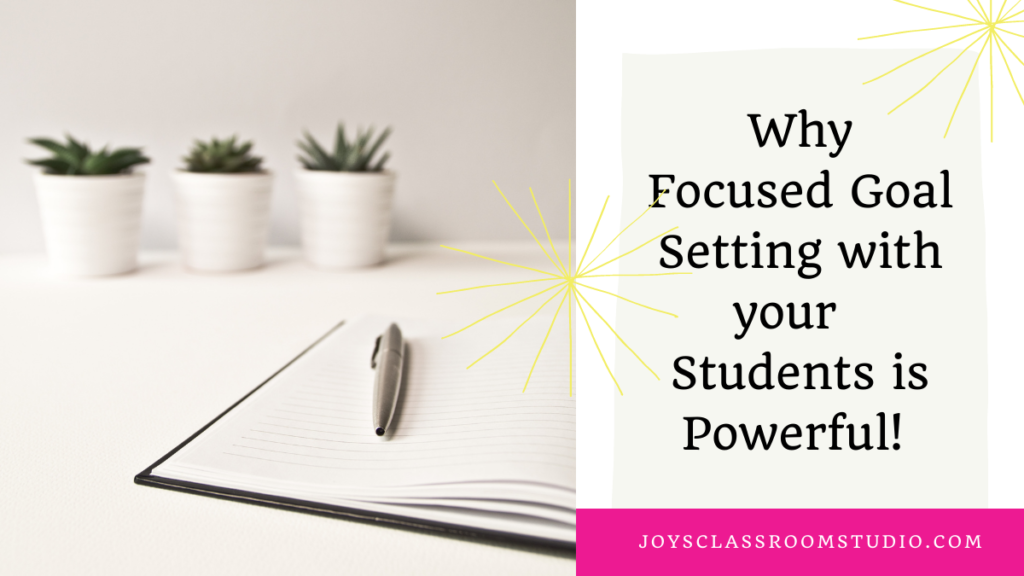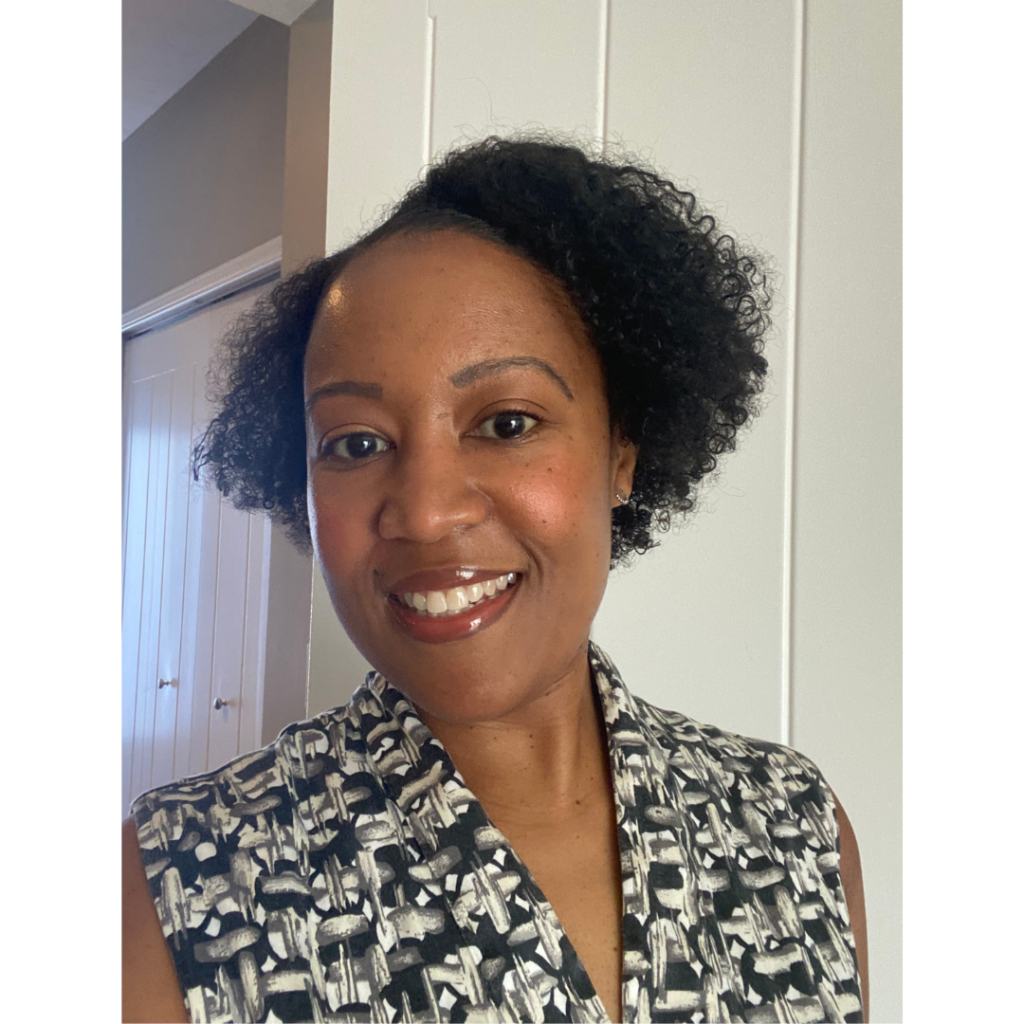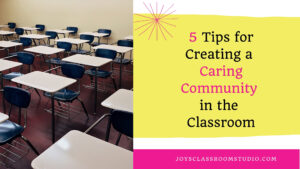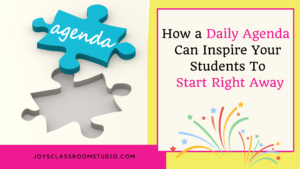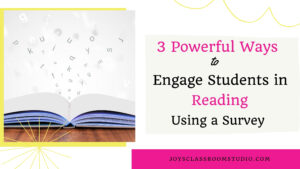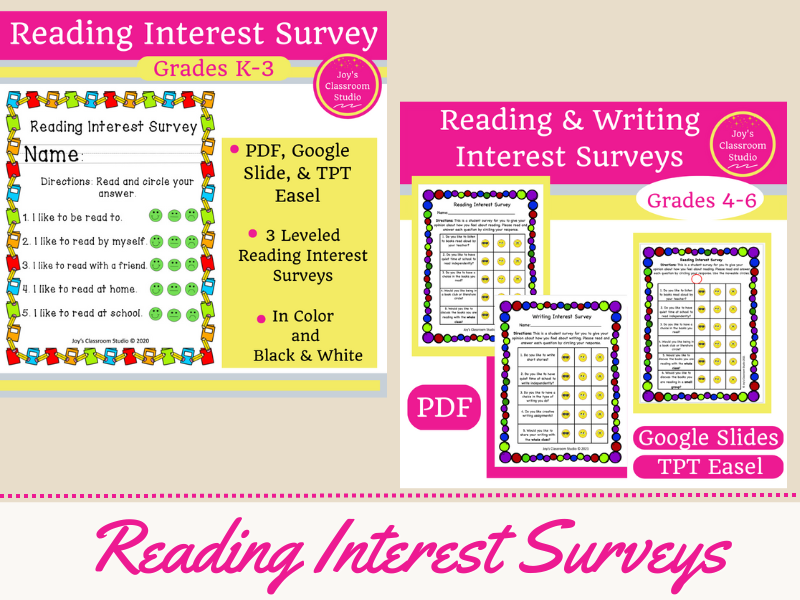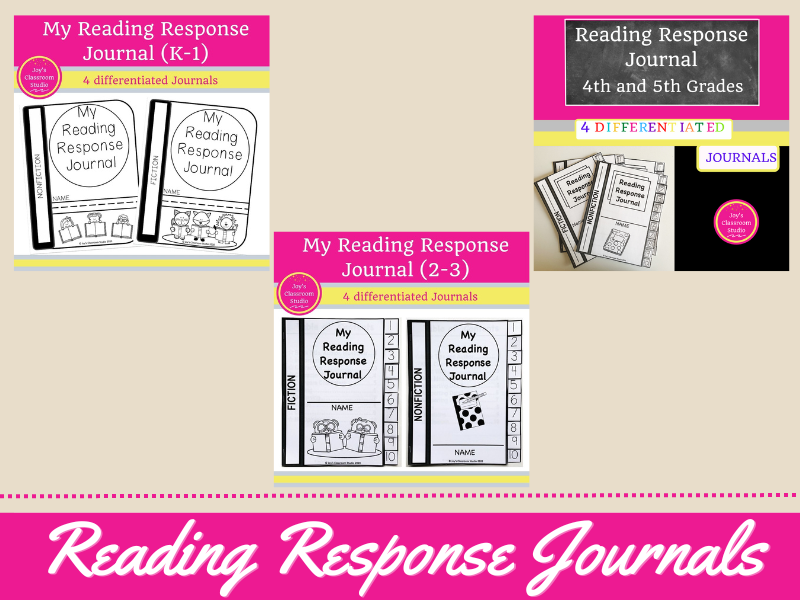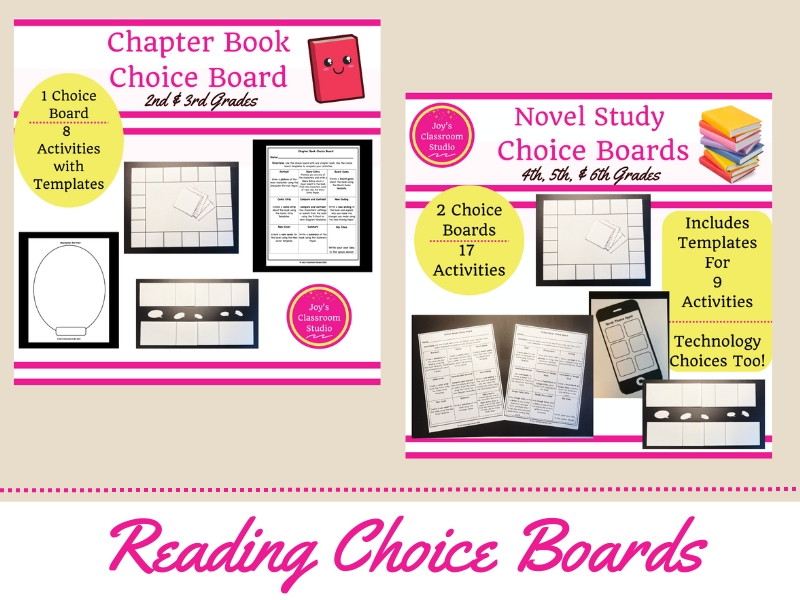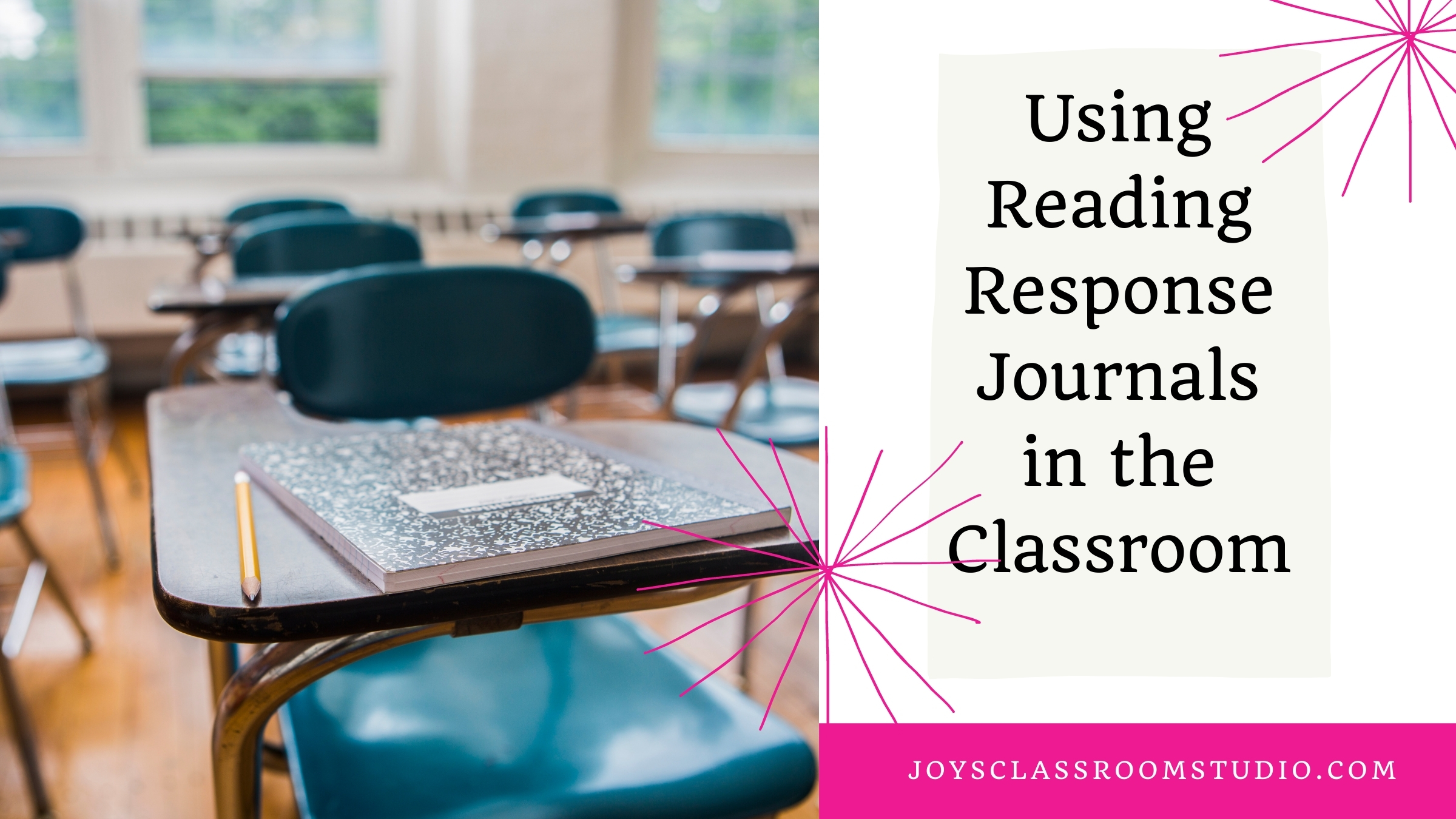
Using Reading Response Journals In the Classroom
Introduction
Have you used reading response journals with your students to help them with reading comprehension? Reading response journals can help your students respond in writing about what they are currently reading. Students can respond before, during, and after reading. Reading response journals are great tools to help students keep all their thoughts in one place. Students can refer back to their journals when trying to recall information from a book that they have read.
I have created many reading response journals for students in Kindergarten up to students in sixth grade. Each reading response journal is differentiated for students working below grade level and for students working at and above grade level. I have created reading response journals that focus on the genre mystery, biography, and fiction and nonfiction. In this blog post, I will walk you through the elements that I’ve included in my reading response journals to help students with their reading comprehension.
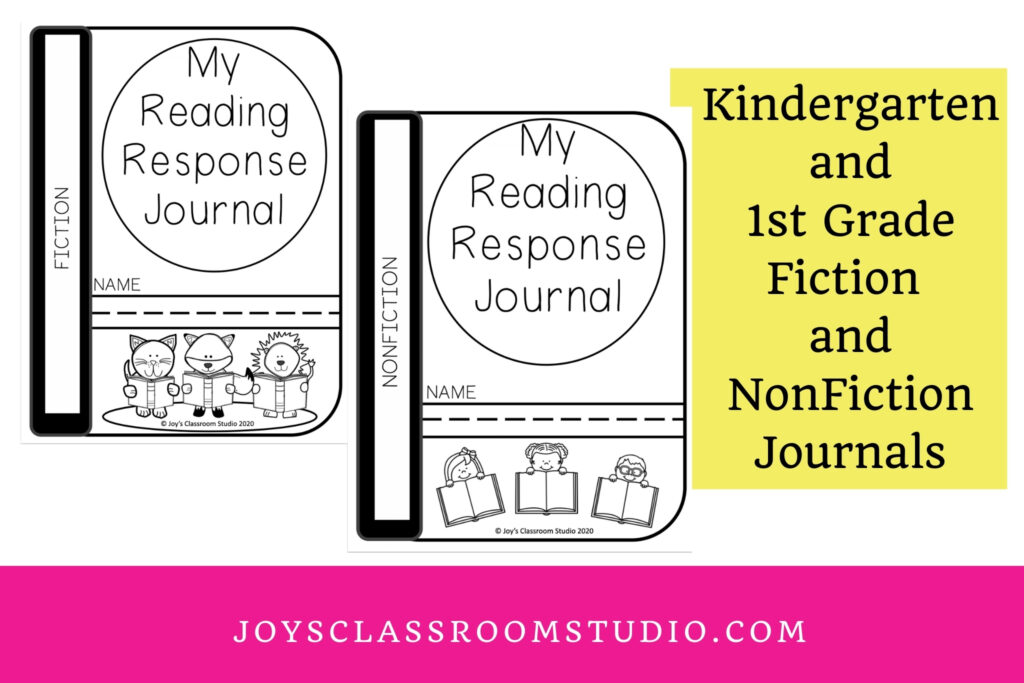
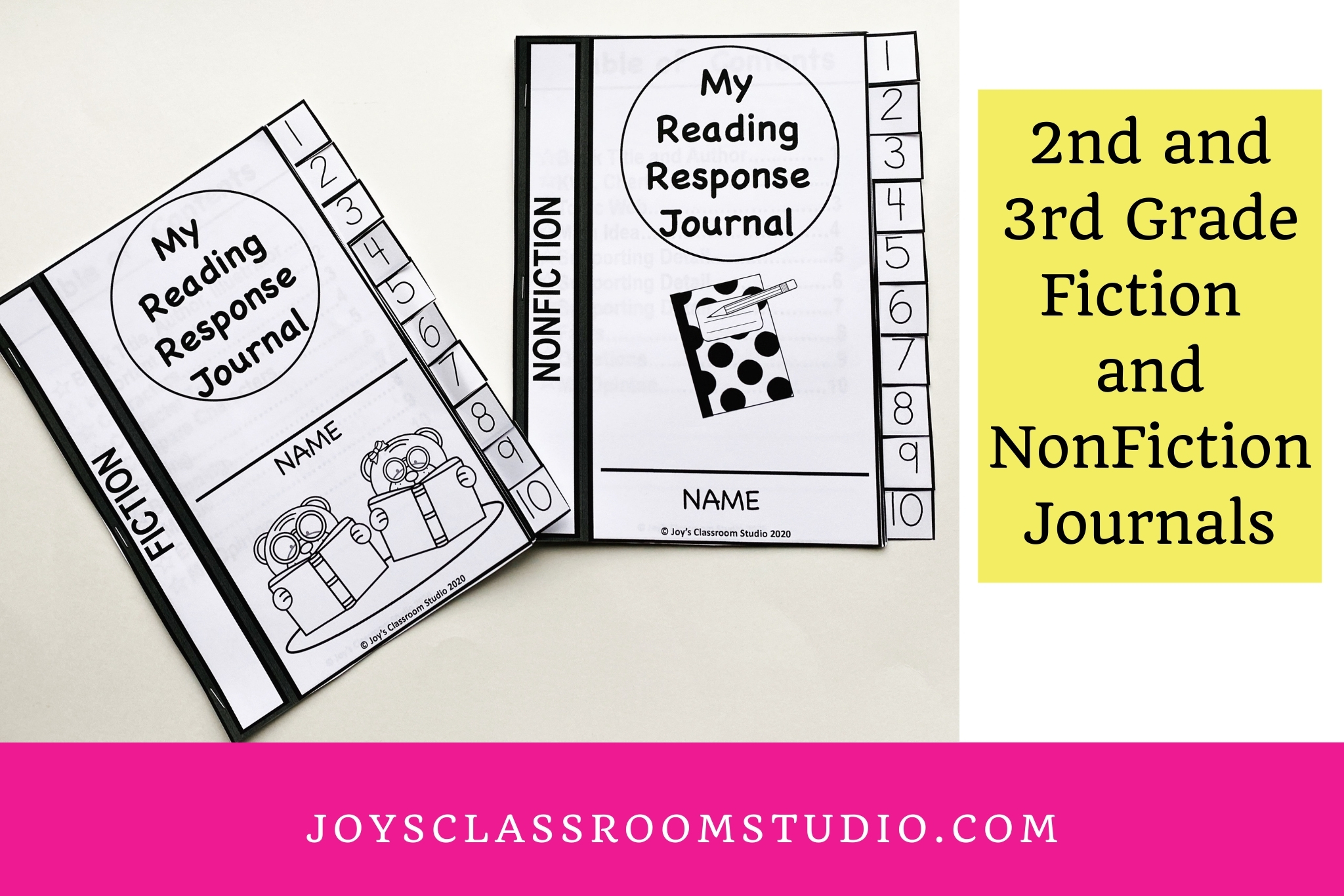
Fiction Reading Response Journals
Characters and Setting
Having students identify who the characters are while they are reading the text is beneficial in helping students with reading comprehension. Students can also list character traits for the characters they read about to further help them learn about each character. Have them make note of similarities and differences among the characters by comparing and contrasting them.
Having students identify the setting or settings of the story can help students with reading comprehension. Students can either write about the setting or draw a brief picture of the setting. I often tell students to make a mind movie of what is going on in the book they are reading to help them remember what they are reading. The setting is a crucial piece in helping students to envision the story.
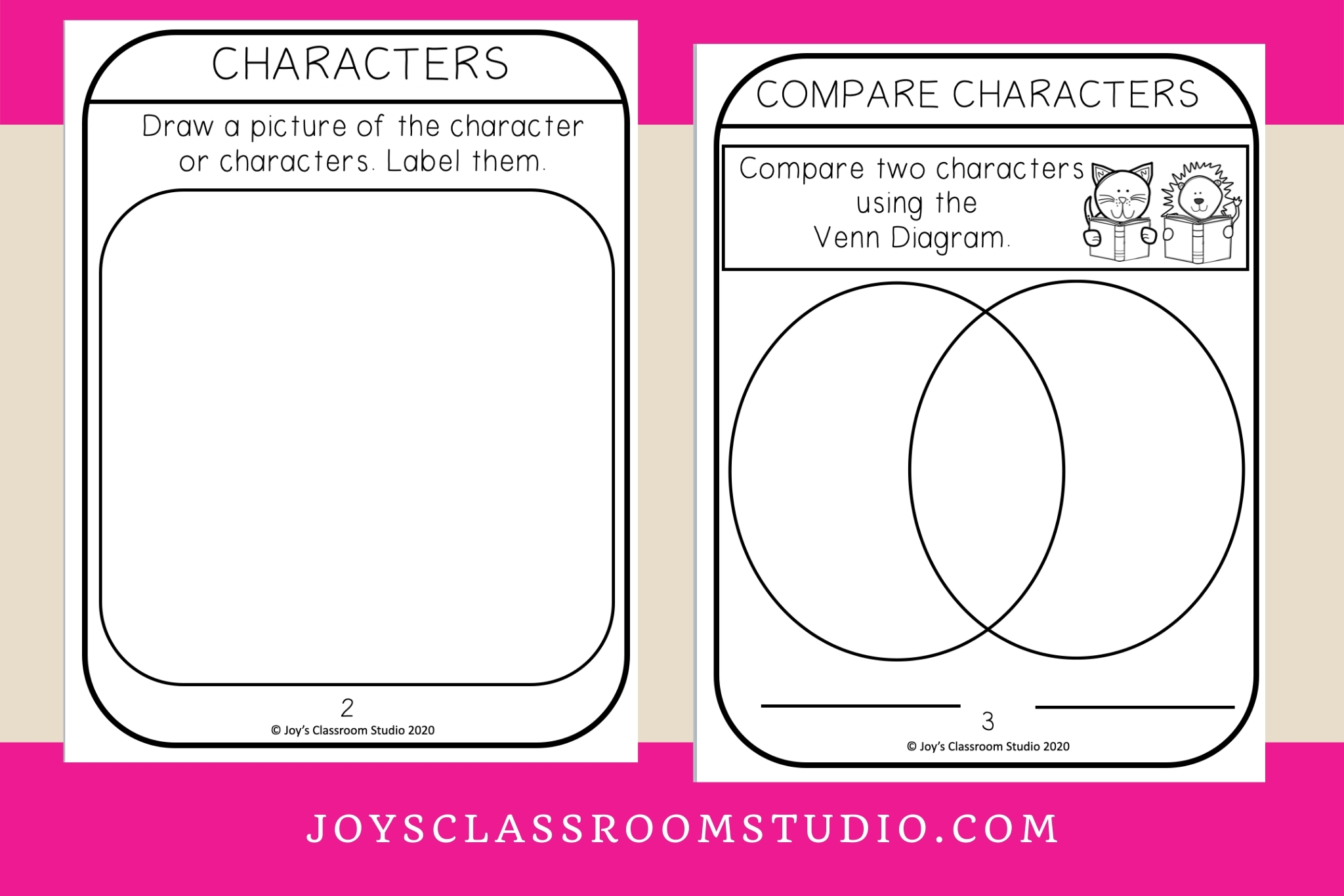
Story Sequence
Helping students to recall the story in the order it is written by making notes of what happened at the beginning, middle, and end is great for reading comprehension! Have students draw or write a sentence or two to describe what is happening at the beginning, middle, and end of the story shortly after reading.
Student’s Opinion
It is important to have students give their opinions when they are interacting with a text. Students need to know what they are thinking about the story is important and helps them with their reading comprehension. Ask students whether they liked the story or whether they disliked the story. Have them explain their answers and support why they liked or disliked the story. Remember it is the student’s opinion, so there is no right or wrong here, we want them to be able to voice their opinion. To read about gathering students’ opinions about reading, read my blog post about using a reading interest survey in the classroom!
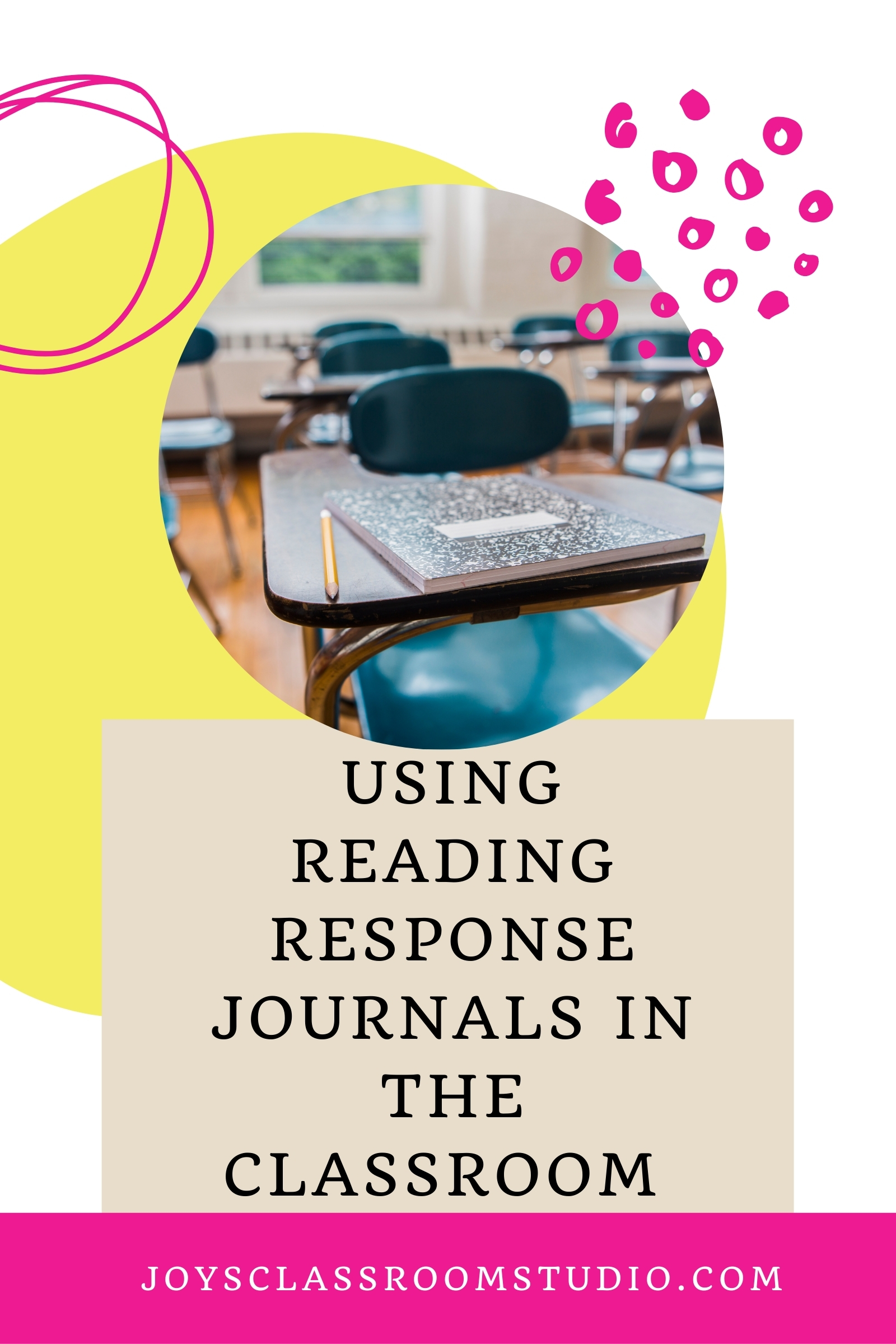
NonFiction Reading Response Journals
KWL Chart
Using a KWL Chart can help students capture what they know about a topic, want to know about that topic, and tell what they have learned about a topic. Before students begin to read, have them fill out the K column in a KWL chart. Having students think about their background knowledge about a subject matter by jotting down what they already know about what they will be reading, helps them to make connections while reading. Next, have them think about the topic and think about the things they do not know about the topic. Have them fill out the W column in a KWL chart listing what they want to learn. Lastly, once students are finished reading the book. Have them fill out the L column about what they learned about the topic from the book.
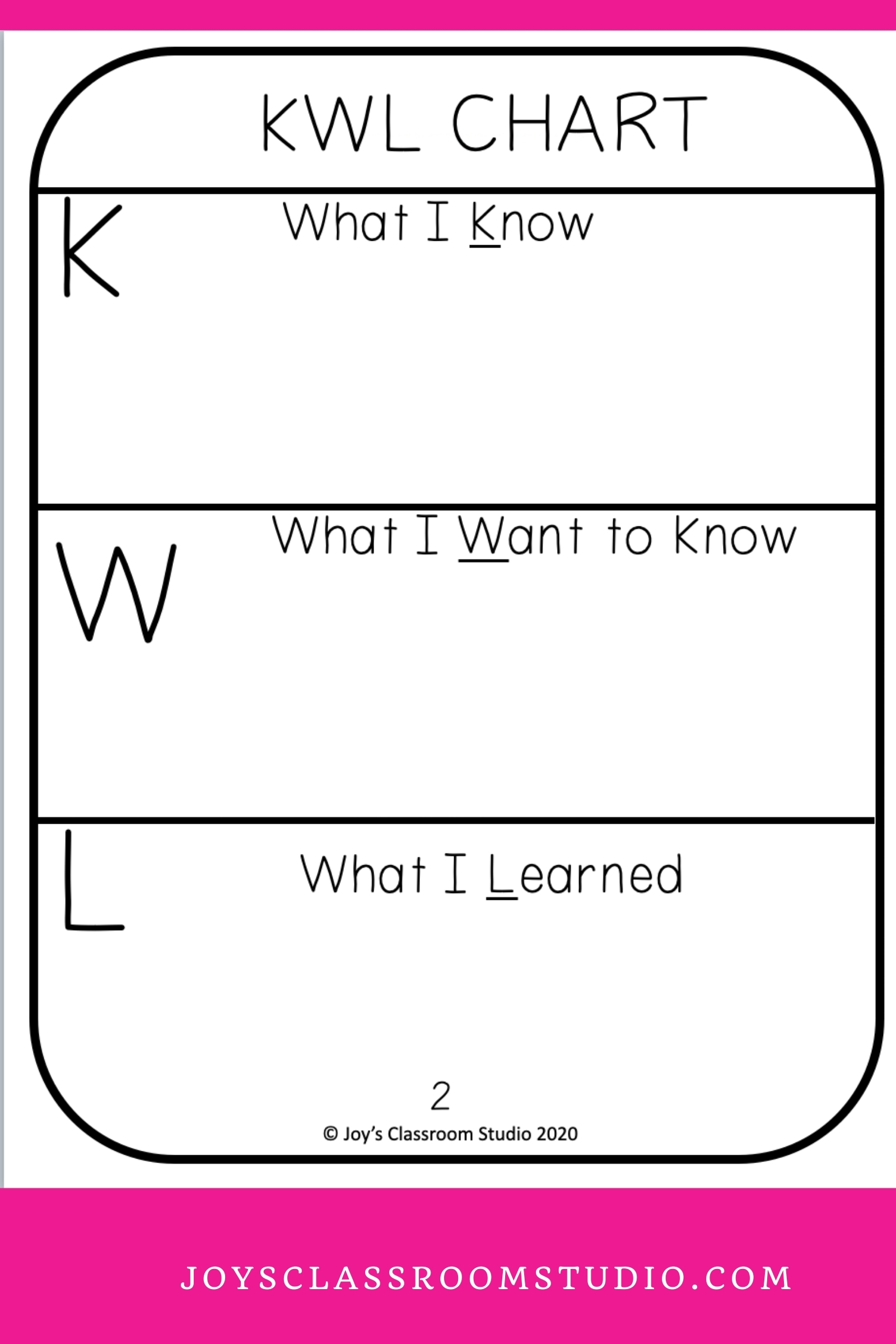
Important Words
While students are reading, it is important for them to write down key vocabulary words or words that they may not know but want to know more about while reading. Have students make a list of key vocabulary words that are important while they are reading. Review these words with students by discussing the meaning of each word and how they are used in the text. When it comes to words students identified that they found difficult, you can help pronounce these words with students and talk with them about the meaning of the word and how it’s used in the context of what the student is reading.
Main Idea and Supporting Details
When reading a nonfiction text. It is important that students are guided into identifying the main idea. Help students identify the main idea and have them write the main idea in their reading response journal. Once they have done this, help students identify the supporting details for the main idea in the text. Have them write the supporting details in their journal.
Identifying Facts
While reading the text. Help students to identify important facts that are stated in the text. Next, have them write down the facts in their reading response journals. This may also be a good time to talk about facts and opinions to further help them identify facts.
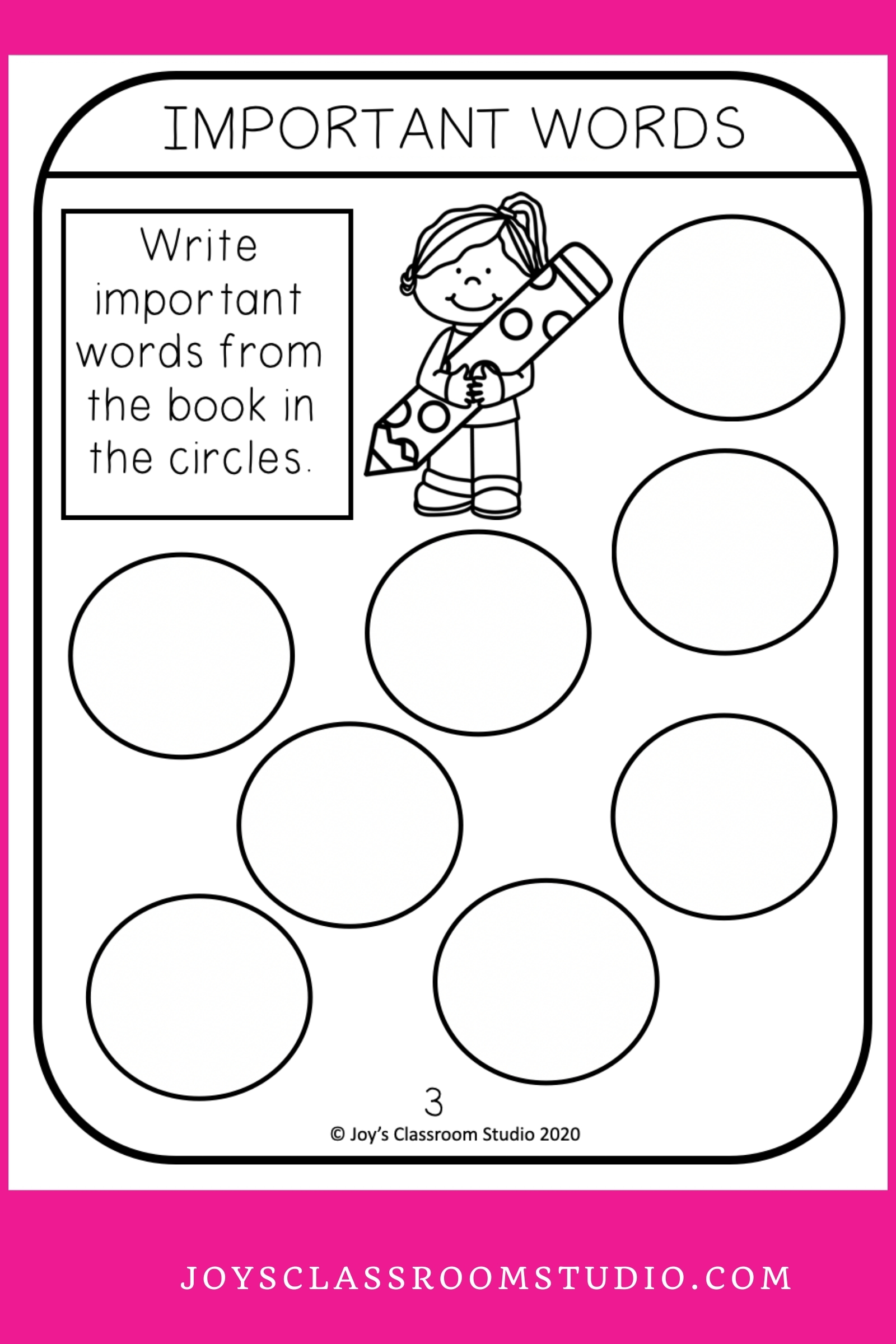
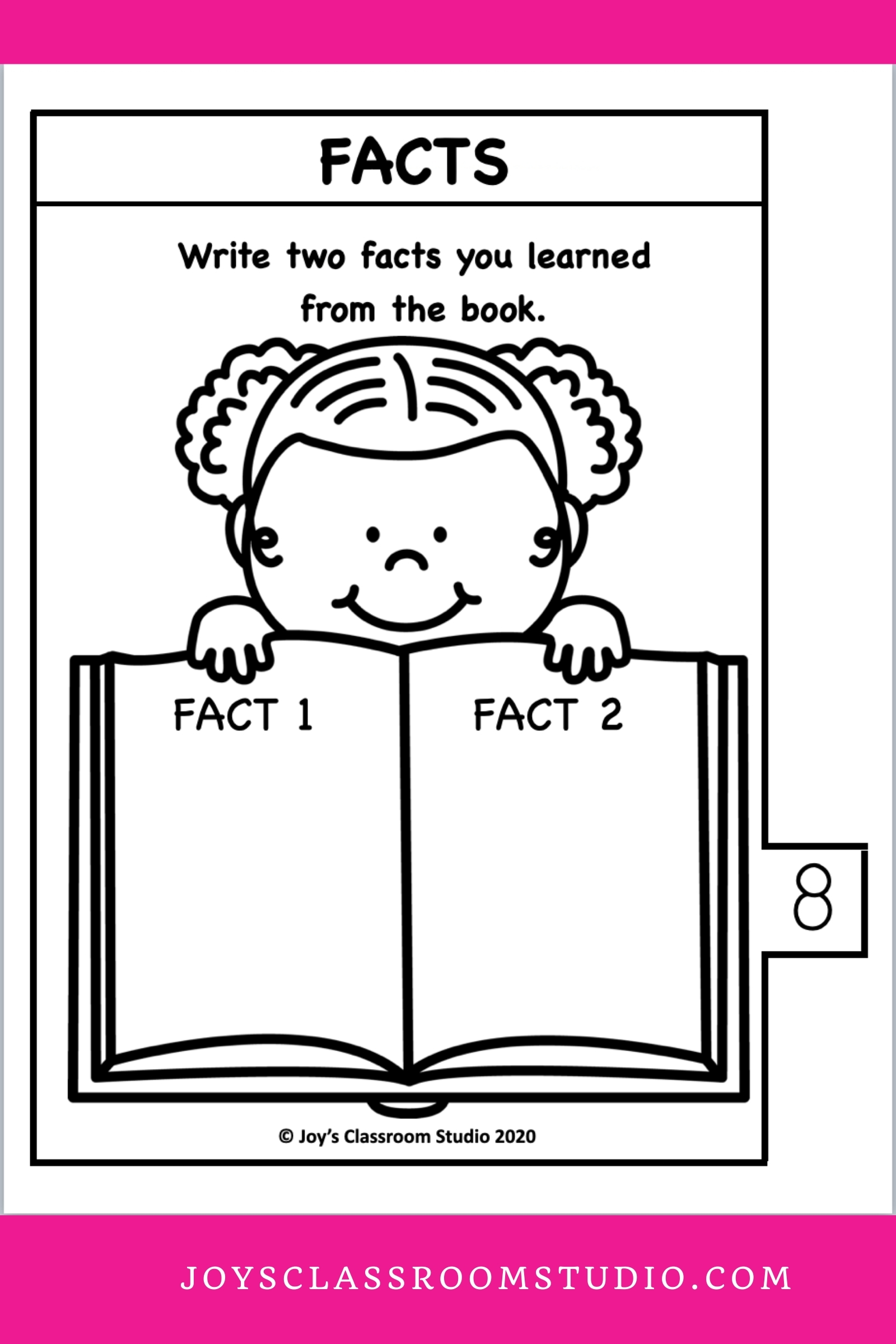
Generating Questions
It is important that students are interacting with the text they are reading. While they are interacting with the text they have questions that are going through their minds. Teach your students how to write down the questions they are formulating in their minds while they are reading. Help them to know that all questions they have about what they are reading are valid.
Reader Connection
When students are finished with the text. Help them to think about how they may have connected with the text. Whether it was a text to self-connection, text-to-text connection, or text-to-world connection.
Conclusion
I hope this blog post has given you some ideas of what could be included in a reading response journal in order to help students with reading comprehension. The kindergarten and 1st-grade journals are both sold together, click here to visit my store to buy these journals. The 2nd and 3rd-grade journals are sold together, click here to visit my store to buy these journals.

